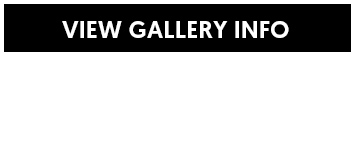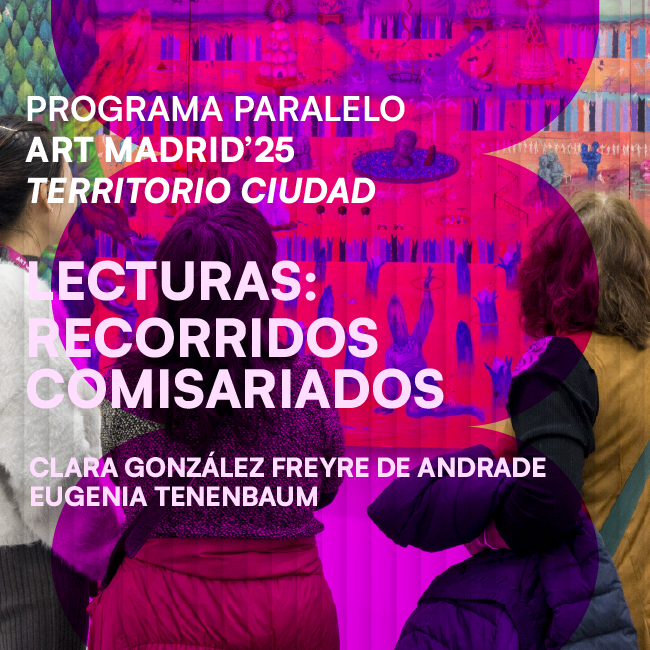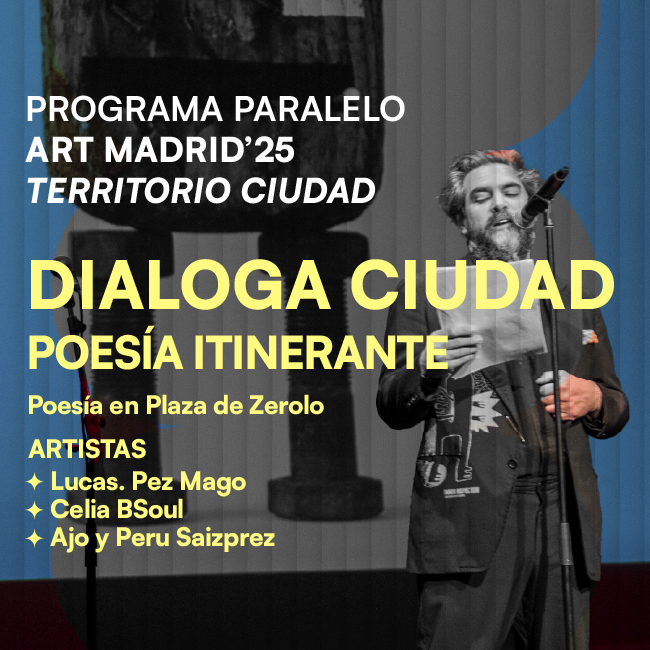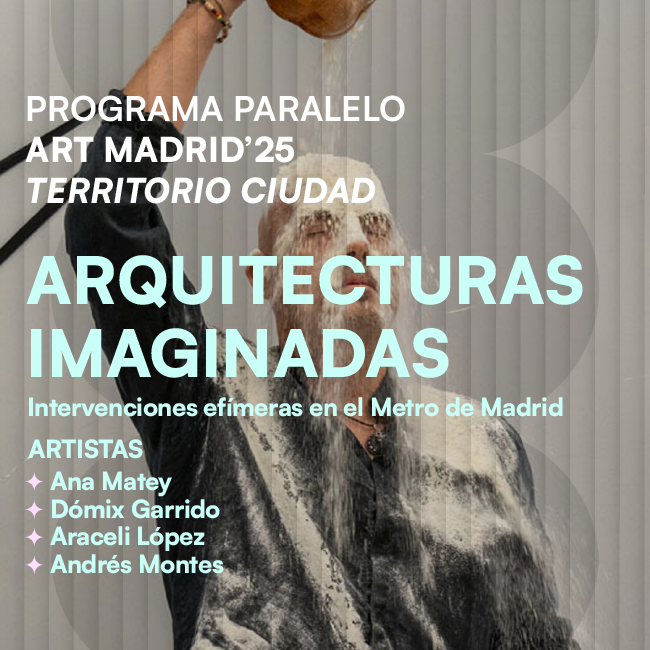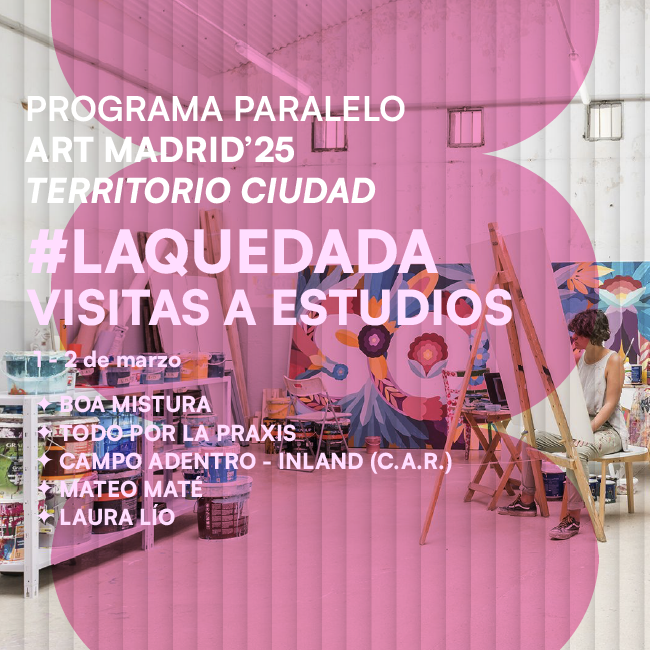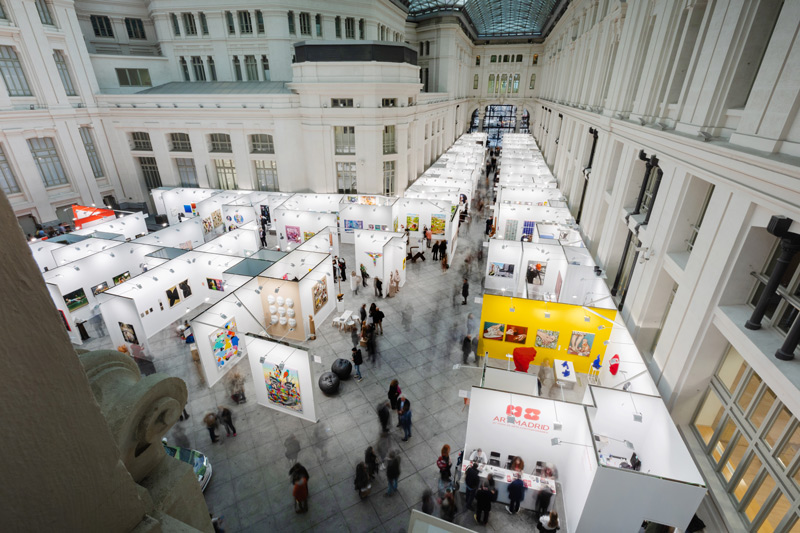SAMUEL SALCEDO INTERVIEW. REALISM AND SENSE OF HUMOR WITH 3 PUNTS GALERIA
Feb 16, 2020
art madrid
"In the aluminum or the same black epoxy I work with, the viewer is reflected and reads according to his mood what is happening.”
Samuel Salcedo, creator of expressive, ironic and vulnerable characters, presents in Art Madrid with the gallery 3 Punts, a selection of pieces from his most recent work, where the Catalan sculptor has executed by experimenting with new materials such as cast iron or cast sand.
Samuel Salcedo participates regularly in individual exhibitions with 3 Punts Galeria, 100 Kubik Gallery (Cologne) or with Robert Drees in Hannover. His work has been present in contemporary art fairs such as Art Madrid, Swab, Frankfurt Art Fair or Art London, among others.
The gallery 3 Punts is once again betting on your work. What new pieces will we be able to see in this edition of Art Madrid?
I'm very excited to bring three sculptures I've made in cast iron, a material I've started working with recently. They are three pieces, three heads that are going to be placed directly on the floor, very heavy pieces with a very nice material, which has memory. On the surface of this material, in the open, the mark of oxidation remains, and this is linked to nine masks that will be placed on the wall, worked on under the same idea. These 9 pieces are made with recycled foundry sand, sand that was previously used to make moulds in the foundry and that has been burned and reused after being bells, taps, other sculptures... So, this material that "has already done its job", I recycle it, mix it and apply it to the surface of the faces, on their skin.
Only for curiosity, have you considered experimenting with other artistic techniques such as painting?
When I started exhibiting at Art Madrid, at first I exhibited painting alone, and little by little I've changed. I like painting, it's a language that in fact was more natural to me in the beginning. Now I've been working almost exclusively with sculpture for 10 or 12 years, but I also paint. What happens is that painting is a little more "cruel" language, and the fact that I'm working at a very intense pace doesn't allow me to do many. Some of them I do, in fact I have many started but we are not here for this edition.
Your heads in epoxy resin or bronze have different expressions, most of them passive or with angry gestures. What do you want to transmit with these apparently individualistic sculptures?
I try to make sure that the faces are not too extreme, that you can empathize with them, that they don't displease or generate rejection. It is true that some have an ambivalent expression, depending on the person looking at them, it can be interpreted that there is a gesture of pleasure or displeasure in the same face. I like very much that the person who sees my pieces can be reflected, in fact in many of my sculptures I work with a material that reflects the light or even the image. In the aluminium or the same black epoxy where I work, the spectator is reflected and reads what is happening according to his or her state of mind. In the end it is basically this, like a mirror where people see things and in the end the human face with its different expressions are formulas of communication, just as it is to speak or move the hands. With this I try to hook the person who is seeing my pieces.
Your characters are between the real and the fantasy, and all of them show certain imperfections. Does this have to do with the social and political reality of the moment?
Sometimes you do things by intuition or without thinking about them too much. In this case, choosing a more idealised beauty, a more natural beauty or more natural bodies, has no clear reason. It's true that I've been told that, especially when I represent women, it's not the usual type of beauty, these are normal beauties. We can see that there is a tendency to normalize this representation within women who actually have a body, just like men. Nobody is perfect. I remember that last year a group of girls from the University of Fine Arts told me that they identified a lot with this trend and I thought it was very nice that sometimes you can hook all this, the fact of not idealizing. There is a social background obviously, I choose not to look for stereotypes, but I try to look for the normality as we are, that for something we all live in the same place.
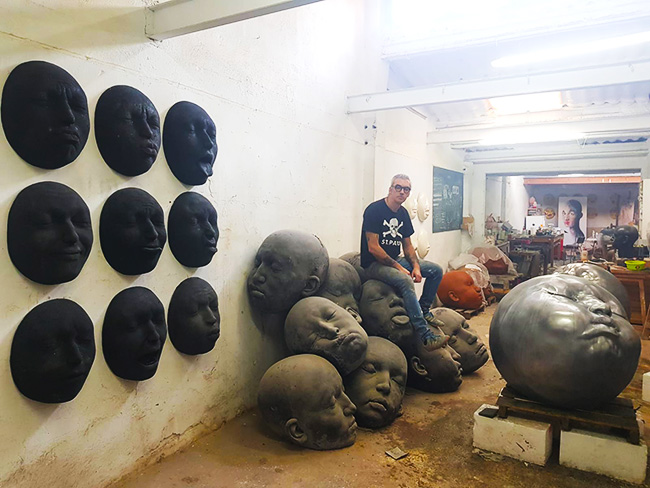
As an artist, what do you feel committed to?
When you work, you make decisions, and it's true that there are artists who have a much more intense social commitment than I do, but I do at an individual level. I think that within what I can control in my work I have to try to be honest about what I do. I have small children and I try to explain, especially to my daughter, gender equality, not to look for stereotypes...
When I work with the representation of men and women, in this case, this is what I try to look for, that there is a certain dignity in women and above all I try to make my language understandable. I don't intend to create an elitist job, because it seems to me very unfair to try not to make you understand. If my family or my friends did not understand my work I would be wrong about something. Having a generous attitude towards the people who see your work would also be part of this idea.
Do you think that it is difficult to stand out as an artist today? Is it in the originality of technique and style where the secret of your success as an artist in the actual art market?
Success is very relative. When I was studying, I thought, "man, if I succeed, I'll be able to live from this...", but of course, you change your expectations. In the end it's a fight, it has an unfair point, because many people think that even if they have talent they can't get ahead, and there's also some justice in my case and in the case of people I know who are brilliant and who are doing well. If we lived in New York, we would have a very different dimension of success than we have in Barcelona, for example. I am not going to complain, it would be very unfair, but it also requires a significant effort, the demand that this work requires and the resignation must be clear. It also depends a lot on external factors that are difficult to control, but, well, whenever I have believed that I was doing something that was right, it has worked for me.
3 Punts Galeria, will exhibit in Art Madrid the last creations of the artists: Alejandro Monge, Efraïn Rodríguez, FAILE, Gerard Mas, Kiko Miyares, Ramon Surinyac, Richard Stipl y Santiago Picatoste.





